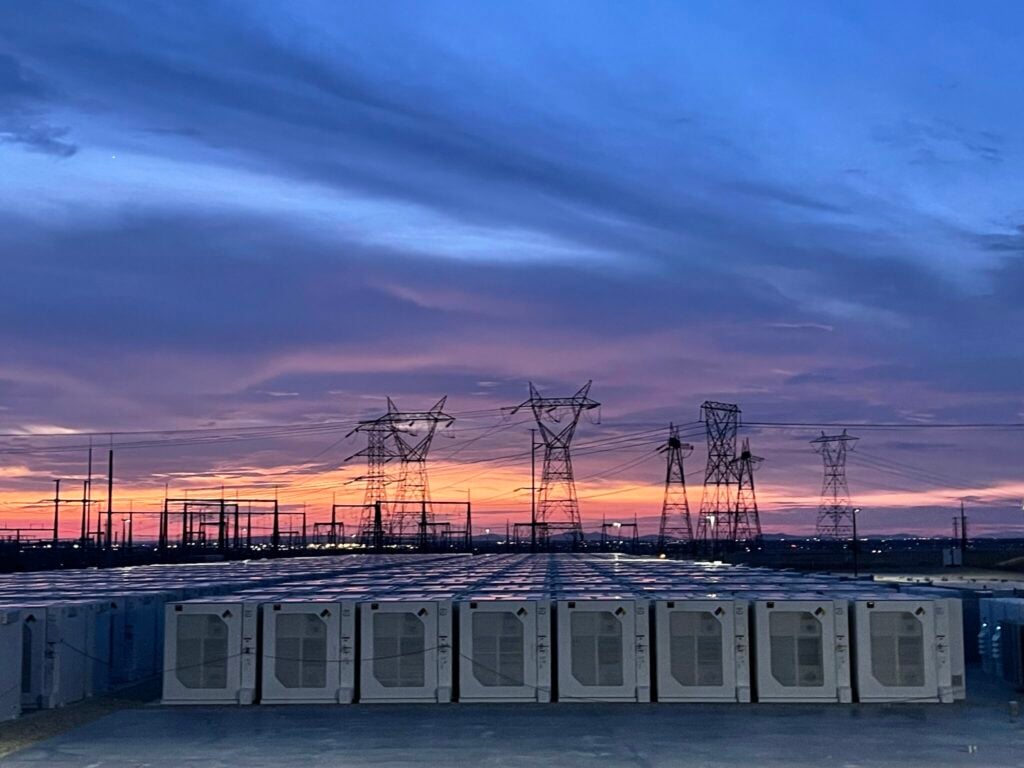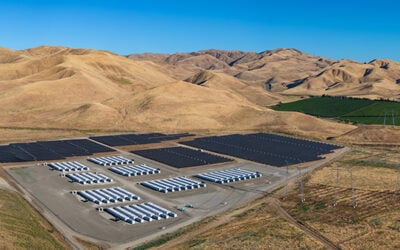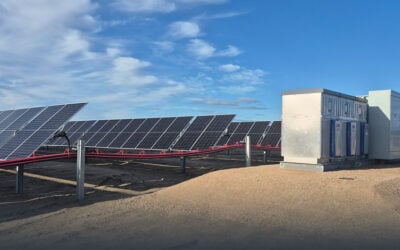
Californian investor-owned utility San Diego Gas & Electric (SDG&E) is seeking tax credits under the Inflation Reduction Act (IRA) for its upcoming energy storage projects, which it said would enable it to reduce electricity rates for its customers.
Four utility-scale battery energy storage systems (BESS) totalling around 200MW output and four energy storage microgrid projects of a total 39MW will be put forward for the credits, SDG&E said. The Investment Tax Credit (ITC) which the company is pursuing offers a 30% credit to renewables projects built in the US, and under the IRA was expanded to include standalone energy storage assets.
“By investing in energy storage, we are helping to improve the reliability of the power grid, advancing the clean energy economy and providing some much-needed financial relief to our customers,” said SDG&E CEO Caroline Winn. “Securing federal tax credits for these storage assets is a key part of SDG&E’s affordability strategy to reduce energy costs while improving climate resiliency.”
SDG&E said that it will be claiming the credits on the selected eight projects in 2024, which could result in roughly US$215 million in savings for its customers across California from 2025. It explained that for every US$100 million in price reduction for projects, end consumers see a ~3% reduction in electricity rates.
Try Premium for just $1
- Full premium access for the first month at only $1
- Converts to an annual rate after 30 days unless cancelled
- Cancel anytime during the trial period
Premium Benefits
- Expert industry analysis and interviews
- Digital access to PV Tech Power journal
- Exclusive event discounts
Or get the full Premium subscription right away
Or continue reading this article for free
The ITC also includes a domestic content tax adder, which would provide project developers with an additional 10% credit if their projects are built with at least 40% of the material cost coming from US-made products. Energy-storage.news spoke with industry representatives who described the guidance on domestic content as ‘aggressive’, particularly the requirement for manufacturers to disclose the entire component-by-component cost of their storage systems to qualify.
Our sister site, PV Tech Premium, examined the domestic content adder as it applies to the Solar PV industry.
Last year, SDG&E released a study showing that California would need to quadruple its energy storage capacity by 2045 if it is to hit its decarbonisation targets. Earlier this month, the utility commissioned two BESS projects totalling 171MW in San Diego and Imperial Valley counties.
California’s main grid operator CAISO recently highlighted that it has surpassed 5GW of energy storage deployments on its network as the state works to meet growing demand for electricity amid retirements of thermal generators, and reach its renewable energy and net zero targets.





